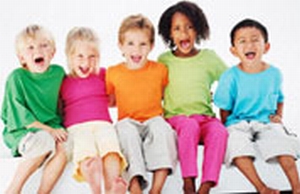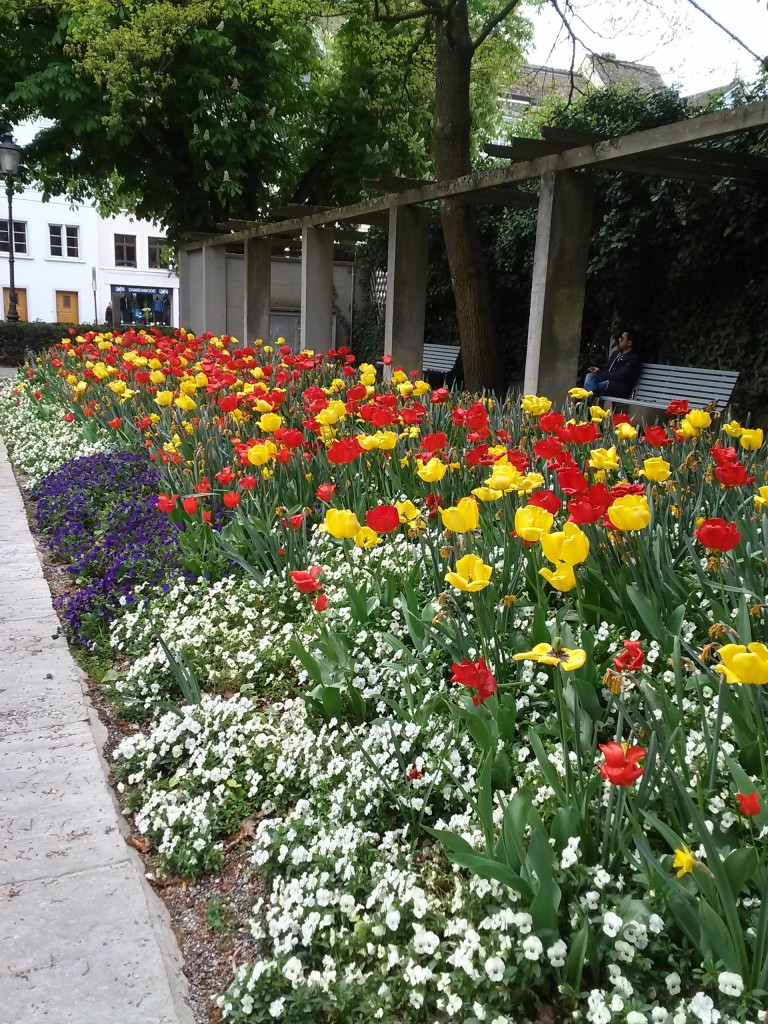
How’d they do it? Easy – gave homes to the homeless and gave everyone a basic income – and they will save BIG money doing it. To see how, read on.
And so we begin….to be a real community.
For a deeper dive – over 500 posts on life, mind, body & spirit

How’d they do it? Easy – gave homes to the homeless and gave everyone a basic income – and they will save BIG money doing it. To see how, read on.
And so we begin….to be a real community.
Patriarchy is the primary source of poverty. Since those struggling with poverty are primarily women and children, it behooves us to ask what we as women can do to end the patriarchal system that causes so much poverty.
Excellent article from BillMoyers.com because speaking and thinking about poverty differently will allow us to create different, more effective solutions for change.
Part of what makes life fabulous is the opportunity to visit new people in new places. While I’ve been to Switzerland briefly in the past, I’ve never had the opportunity to stop and stay for awhile. This time I did. Staying for a longer time provides the opportunity to view life through the eyes of those living in Winterthur, just outside of Zurich.
Via my smart phone camera – you can join us!
Walk by the market area or town center
Public transportation is easy and on time. For example, our friends met us at the airport and traveled with us on the local commuter train for the 10 minute trip into Winterthur.
Local streets cater to pedestrians and cyclists since not as many people drive cars. Pollution is low because traffic is light. Winterthur is quite walkable.
Look at these vintage shutters and ironwork – amazing, isn’t it?

The water is crystal clear everywhere. Our host often fills her water bottle during the day at town fountains and assures us that it is pristine. It certainly looked clear – all the way to the bottom!
Next we’ve planned an excursion to a nearby a castle, complete with moat . . .
Appropriate reminder for the Fourth of July –
From “What American Dream?: One in Four People Now Live in High Poverty Neighborhoods” on recent Census Bureau data:
The Bureau found that in the decade between 1990 and 2000, the percentage of people living in these concentrated low-income communities dropped from 20.0 percent to 18.1 percent. However, in comparison, from 2000 to 2010, that percentage grew from a whopping 18.1 percent to 25.7 percent. And, “while the overall population grew by 10 percent over the decade, the number of people living in poverty areas grew by about 56 percent.” In raw numbers, more than 77 million people lived in these poor neighborhoods in 2010.
Roxanne here: We can no longer afford the high cost of poverty we create by diverting money from the public purse to corporate welfare.
How does your state create poverty? Here’s an example of how we create poverty “Minnesota-style.” Read this Bloomberg article on the death of shopping malls (“Goodbye, Malls of America“):
” . . . Minnesota’s legislature approved $250 million in tax benefits to help pay for a doubling in size of the country’s second-biggest mall, Mall of america. The money came from a fund set up to reduce economic disparities between rich and poor areas.” (bold added)
This money was designated for helping Minnesota’s poor communities. Now it’s going to corporate welfare queens. Inequality doesn’t just “happen.” We create poverty. People don’t just happen to be poor. People are made poor – by the collective action or inaction of all of us.
You may also like What is White Privilege? and Poverty is a Luxury We CanNOT Afford.